Gymnasts have been wearing protective palm grips for decades.
AUTHOR DAVID NEWMAN / 10.19.2023
These durable swaths of leather strapped around their wrists with finger hole connection not only protect gymnast's hands allowing them to train vigorously for hours a day but also provide a more secure grip on the rings and high bar when performing high flying acrobatics.
It is only in the last decade or so that the fitness world has gravitated towards gymnastic style grips for their high intensity fitness training. They not only provide traction on a pull up bar or barbell that allows you to squeak out those extra reps but they also protect your hands from terrible blisters and abrasions.
But how are grips supposed to fit the everyday fitness enthusiast? This is not only a very common question but also a very valid one due to the fact there are multiple versions of grips on the market ranging in a variety of synthetic and natural materials as well as how the grips attach to the hand and the grip's intended use. Let's simply focus on the two main styles of grips based on their attachment to the hand. First we have the traditional grip with either 2 or 3 finger hole attachment. Next we have the relatively newer "free-finger grips" that we pioneered in collaboration with CrossFit and Gymnastics phenom Alec Smith.
Starting with the traditional 2 and 3 finger hole attachment grips that originated in the gymnastics world,
let's take a look at how those grips should fit each individual hand as well as how that grip is secured around a pull up bar. There are multiple ways users like to wear traditional grips. One method is to slide the index, middle and ring fingers into the finger holes and pull the leather all the way down to the base of the fingers near the main knuckles. Doing so will reduce how much leather will loop over the pull up bar and increase the finger's contact with the metal. The other method is to only pull the grip past the first knuckles and remain above the middle knuckles. This method will allow more leather to loop over the pull up bar and minimize the finger's contact with the pull bar. Neither version is better than the other, merely a matter of preference and comfort. In either case, the standard measurement should be as follows. With the grip snugly secure to the wrist and the palm open and flat the grip should reach all the way to the finger tips before inserting fingers into the holes. This measurement will allow for enough leather material to create a loop that reaches over the crest of the pull up bar. One must be careful to not allow the leather to bunch up directly under the palm as this can prevent a secure grip on the bar during dynamic pull up movements.
Next, let's take a look at Free Finger grips that we invented with Alec Smith.
These grips are a modification of the traditional gymnastic grips where the fingers do not attach to the leather in any way hence leaving them "Free". Instead the leather simply lays over the pull up bar and the palm lays over the leather. There is no looping of the leather. Alec realized during his CrossFit training that he preferred not to insert his fingers into the grip's holes and preferred to let the leather just flap over the bar. This allowed for speedier transitions on and off the pull up bar. However, Alec realized there was an excess of leather material flapping around the bar that proposed a safety hazard. Alec knew from his gymnastics training days that excess leather can wrap all the way around the pull up bar getting caught under itself causing the wrist to "lock-up" on the bar. This can be extremely dangerous in any movement where the wrist moves from below the bar to above the bar such as a bar muscle up or pull over. If the grip locks up the athlete can severely injure and even break their wrist. That is why Alec set the standard sizing for free finger grips that the leather only extends to the middle knuckle when attached to the wrist and palm is flat with fingers extended. This measurement will allow the leather to drape over the bar and extend approximately 1/2 inch past the fingertips. Anything longer than that is a waste of material and potential hazard to the athlete.



These grips are a modification of the traditional gymnastic grips where the fingers do not attach to the leather in any way hence leaving them "Free". Instead the leather simply lays over the pull up bar and the palm lays over the leather. There is no looping of the leather. Alec realized during his CrossFit training that he preferred not to insert his fingers into the grip's holes and preferred to let the leather just flap over the bar. This allowed for speedier transitions on and off the pull up bar. However, Alec realized there was an excess of leather material flapping around the bar that proposed a safety hazard. Alec knew from his gymnastics training days that excess leather can wrap all the way around the pull up bar getting caught under itself causing the wrist to "lock-up" on the bar. This can be extremely dangerous in any movement where the wrist moves from below the bar to above the bar such as a bar muscle up or pull over. If the grip locks up the athlete can severely injure and even break their wrist. That is why Alec set the standard sizing for free finger grips that the leather only extends to the middle knuckle when attached to the wrist and palm is flat with fingers extended. This measurement will allow the leather to drape over the bar and extend approximately 1/2 inch past the fingertips. Anything longer than that is a waste of material and potential hazard to the athlete.

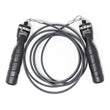
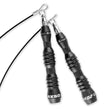
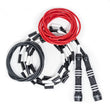

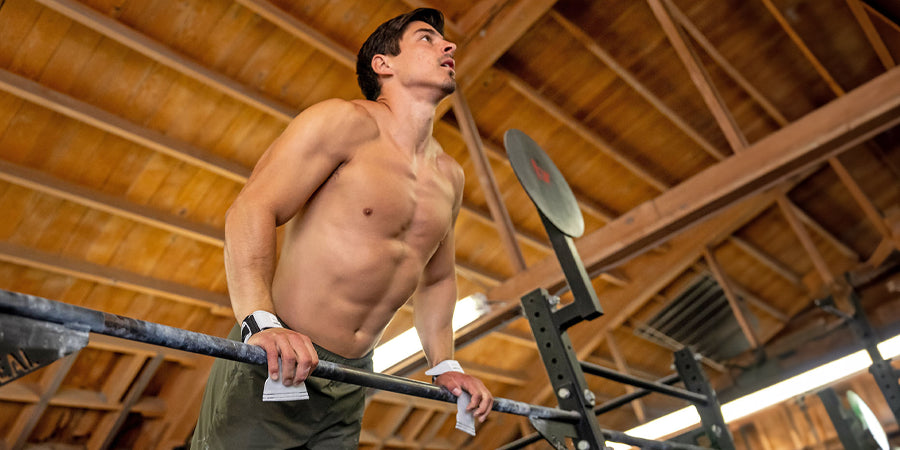
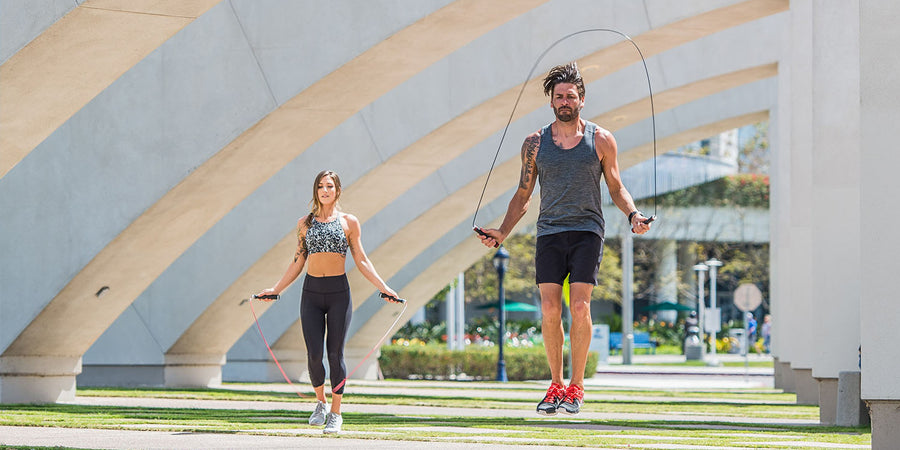
Leave a comment
This site is protected by hCaptcha and the hCaptcha Privacy Policy and Terms of Service apply.